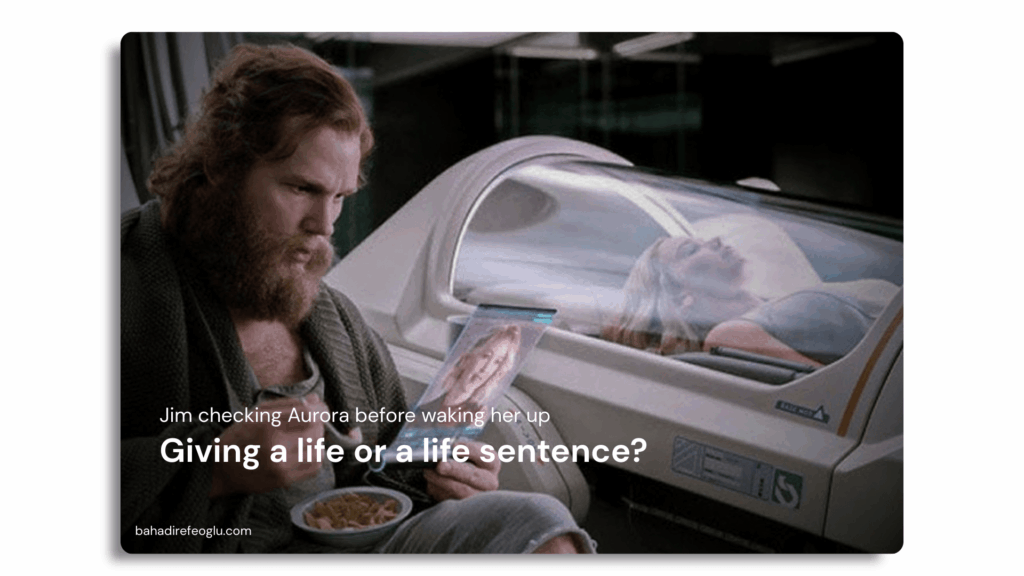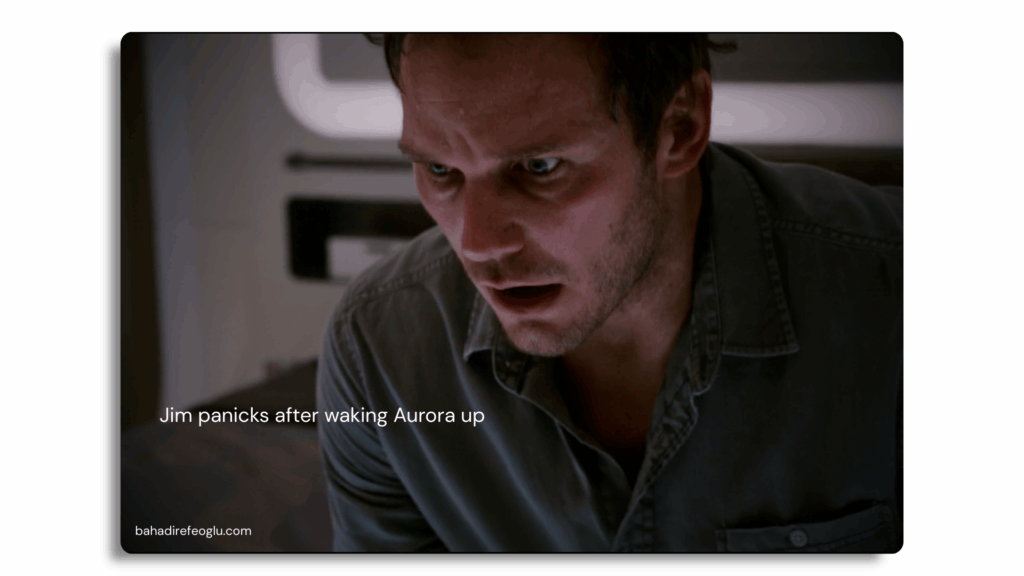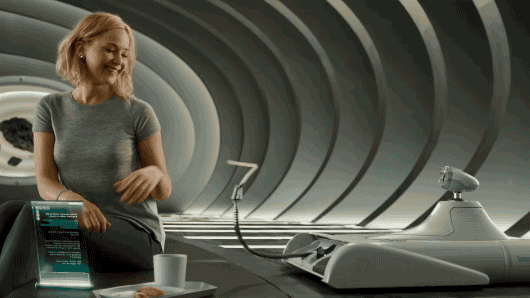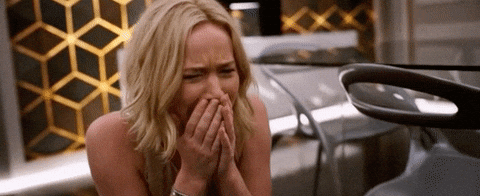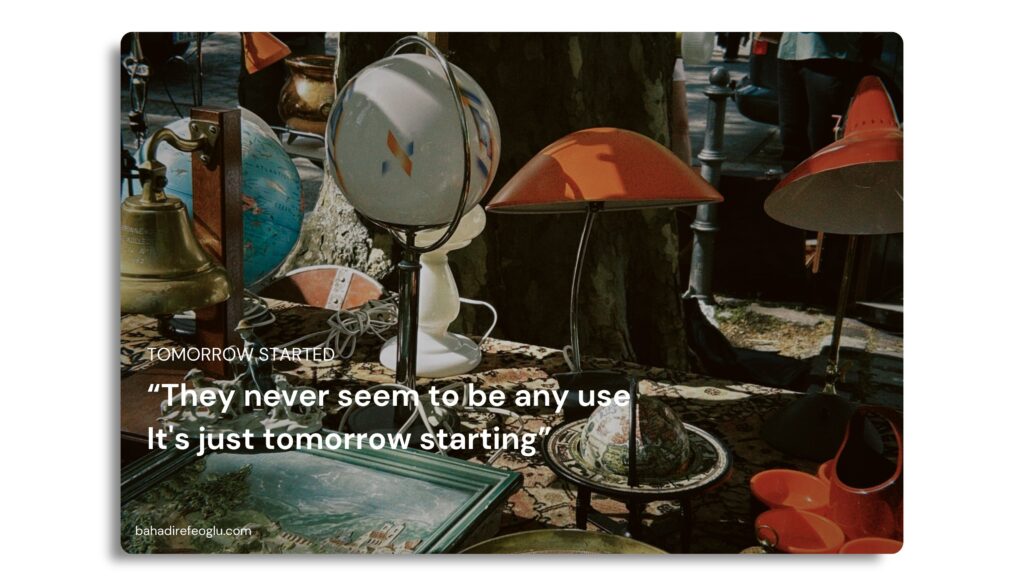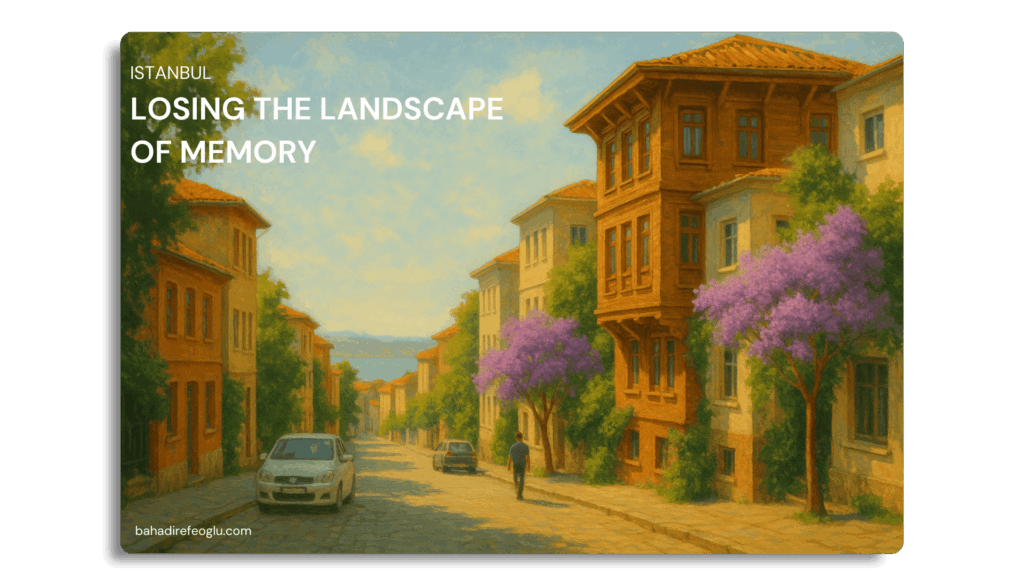So here I am, writing this late at night, headphones on, revisiting an album from 1984 that I bought for a few euros. The sound feels timeless. It connects Berlin then to Berlin now. And for me, it’s a reminder that great art often comes to us not when we expect it, but when we’re open to digging through the crates.
Since I got my record player back in 2024, I knew I was stepping into an expensive hobby. My friends were spending more and more on vinyl records, and I could already see where this road could lead. But while I don’t mind spending money on things that make me feel good and connected, I decided to turn it into a little game instead.
I gave myself a modest challenge: a €12 weekly pocket money budget, and only flea markets. That’s it.
Berlin flea markets are amazing for this kind of hunt. You can sometimes find things for free, or snag a real gem for just a few euros. One of those lucky Sundays, I stumbled upon Living Like a Cry—a Frank Duval vinyl for next to nothing. TELDEC pressings are generally quite cheap here in Germany, mostly because they were mass-produced and are still circulating widely. But the value isn’t in the price—it’s in the experience.
Who is Frank Duval?
Frank Duval was born in Berlin in 1940, and his career reflects a life shaped by the arts. He started in acting and dance before turning to composition in the late 1960s. His big break came through television, scoring episodes for the crime drama Tatort, and later creating a vast body of work for Derrick and Der Alte—two German shows that defined an era of TV soundtracks.
You can hear Berlin in his music—especially the haunting loneliness and grandeur that defined the Cold War-era city. His blend of orchestral depth and electronic textures positions him adjacent to the Berlin School of electronic music.
The Berlin School Sound
The Berlin School isn’t a formal school, but a movement—pioneered in the 1970s by groups like Tangerine Dream, Klaus Schulze, and Ashra. The genre is characterized by ambient soundscapes, layered synth arpeggios, and a meditative, often cinematic approach to music. It’s introspective, hypnotic, and expansive.
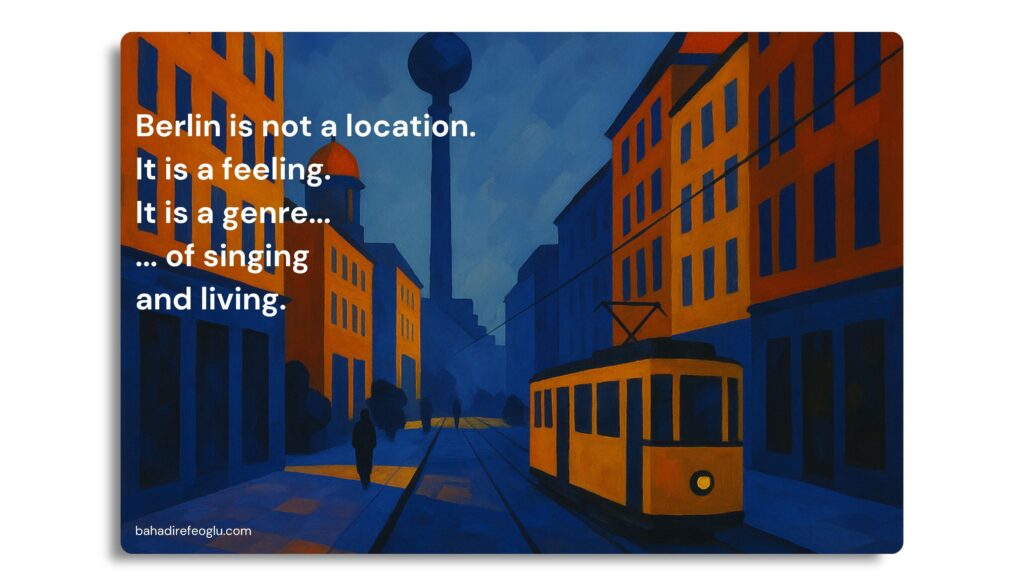
Listening to Living Like a Cry, especially late at night with headphones on, I felt that connection. Duval’s work leans more emotional and romantic than strictly experimental, but the DNA is there: the long instrumental passages, the synthesizer landscapes, the sense of traveling inward.
That’s why I’d place Duval somewhere spiritually close to Bohren & der Club of Gore—another group I love. While Bohren blends ambient jazz with doom-like pacing, they share the same commitment to mood, space, and subtle narrative.
Inside Living Like a Cry
Released in 1984, the album was pressed using TELDEC’s Direct Metal Mastering (DMM) process and proudly labeled “DIGITAL”—a sign of its modernity at the time. Isn’t it funny now that we are listening to vinyl as analog nostalgia, while they were proudly advertising even the tiniest bit of digital fidelity?
Duval recorded with members of the Munich Philharmonic, layered with synths and vocals written in collaboration with his wife Kalina Maloyer. You can truly tell which songs were done with Philharmonic!
I find it quite romantic that they actually co-wrote some of the lyrics!


